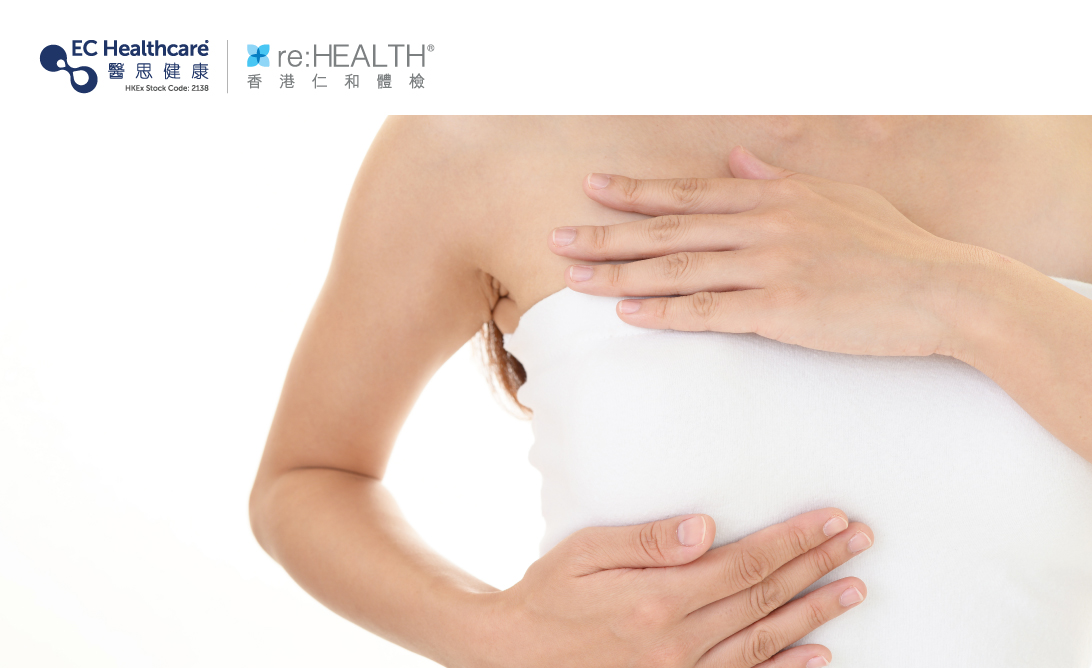Breast Lump? 3-step Examination for Diagnosing Fibroadenoma


"Feeling a lump in the breast, does it mean I have breast cancer?" Many women are concerned about breast health, and when they discover a solid mass in the breast, they immediately associate it with the possibility of breast cancer. In fact, a breast lump could be breast cancer, but it could also be a benign mass such as fibroadenoma, cyst, or fibrocystic changes.

Fibroadenoma of the Breast
The breast is composed of multiple milk ducts that undergo cyclical changes with hormonal fluctuations in the body. The emergence of fibroadenoma, also known as fibrous breast tumor, is often associated with hormonal secretion in females. Under the influence of active estrogen, hormonal imbalance can lead to the proliferation of fibrous and glandular tissue within the breast, forming a fibroadenoma.
Fibroadenomas can occur in women of any age, but they are more commonly seen in Asian and African women aged 15 to 35. Patients usually don't experience any symptoms, but during self-examination, they may feel painless fibroadenomas in the breast. These fibroadenomas are characterized by distinct borders, round shape resembling a small ball, and easy mobility beneath the skin, with a firm and elastic texture.
Generally, the size of fibroadenomas in the breast remains unchanged. However, due to variations in the growth rate and type of each individual fibroadenoma, some may shrink or even disappear without any treatment, while others may continue to grow and require surgical removal. Therefore, a thorough examination is necessary to determine the type of fibroadenoma in the breast.
3-step Examination for Fibroadenoma
Step 1: Clinical Examination
The doctor will perform a physical examination, palpating the breasts to assess for any lumps or abnormalities, and carefully noting details such as size, location, and characteristics. They will also inquire about the patient's symptoms and family medical history to gather additional relevant information.
Step 2: Imaging Examination
After the clinical examination, if the doctor detects a breast lump, they will typically arrange for the patient to undergo radiological imaging tests such as breast ultrasound or mammography. These tests provide further insight into the nature of the lump and help diagnose any other lesions present.
Breast Ultrasound: Breast ultrasound is a commonly used method for diagnosing fibroadenomas. Ultrasound waves can reflect 3D images, allowing clear visualization of variations in breast tissue density and characteristics such as size, shape, and texture of the lump. This helps the doctor determine the type of breast lump.
Mammography: Also known as breast X-ray, it is not the preferred diagnostic method for fibroadenomas but is suitable for women aged 40 and above. By examining the mammography results, the doctor can determine if there are any calcifications present in the breast lump and can also use it for breast cancer screening or assessing other breast conditions such as breast cancer.
Step 3: Pathological Examination
If there is still uncertainty about the nature of the breast lump after imaging examinations, the doctor may arrange for the patient to undergo a fine needle aspiration or core needle biopsy. This involves using a needle or surgical procedure to extract cell or tissue samples from the breast lump, which are then examined by laboratory experts to determine if there are any proliferative or atypical malignant cells present.
Related Brands

